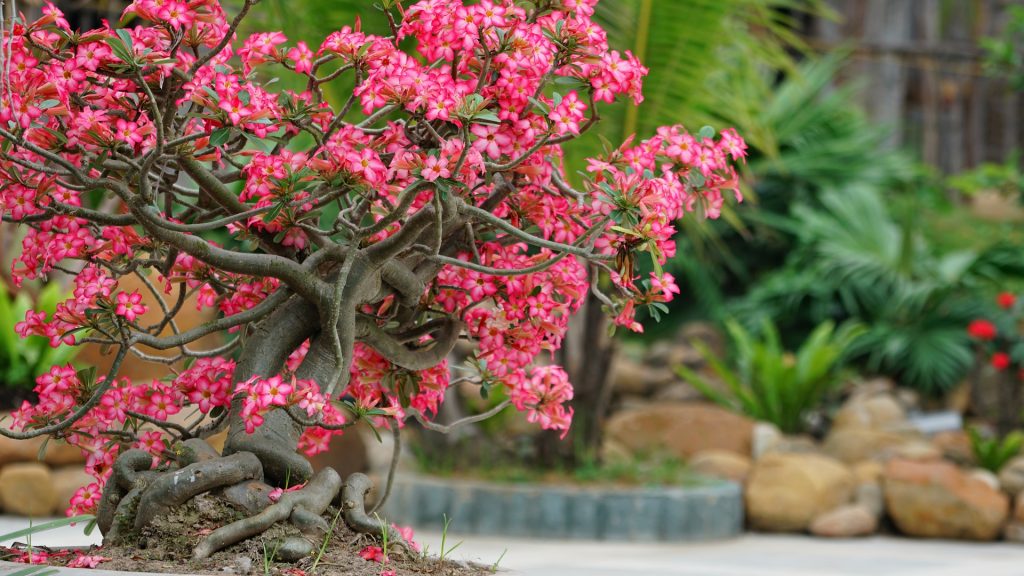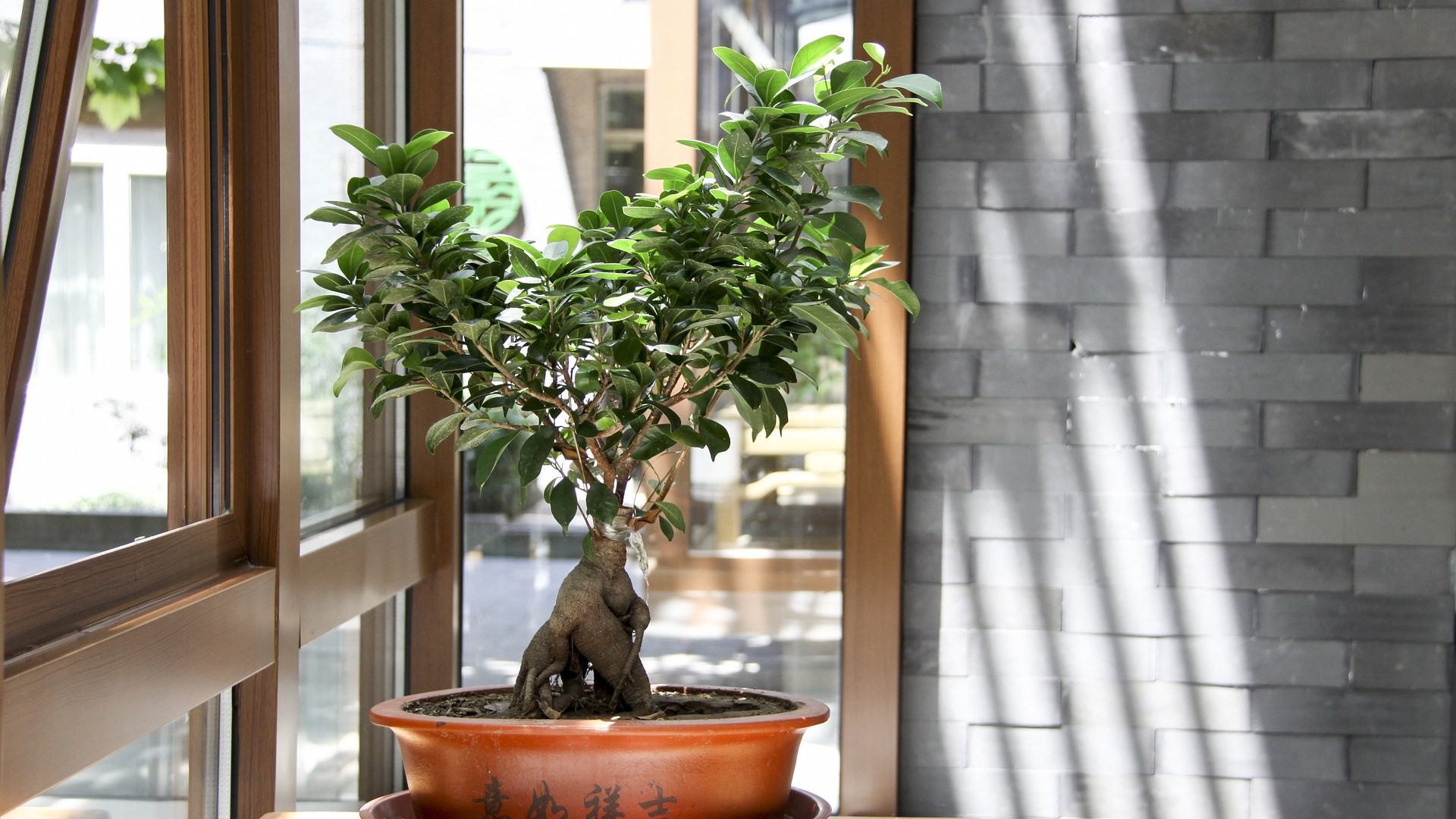It’s important to use the proper soil composition for your bonsai trees. Your trees require healthy soil to grow, but they also must drain well, allow for enough aeration, and hold onto water. Most online bonsai stores provide fully prepared soils; however, mixing your own soil allows you to manage the precise proportions for your tree species while also saving money. So, can a bonsai tree be planted in regular soil?
In contrast to potting soil, bonsai soil is distinctive in that it contains various organic and inorganic components, including lava rock, pumice, organic potting compost, fine gravel, and the red ball-shaped clay particles known as akadama. Such distinctive components are not present in any other potting soil. This soil requires significant attention to ensure that your bonsai tree is developing healthily.
We will examine this subject in greater detail later, so keep reading.

Table of Contents
Can A Bonsai Tree Be Planted In Regular Soil?
The answer to the question “Can a bonsai tree be planted in regular soil?” is an unequivocal no. While ordinary garden soil fosters a healthy interaction between a plant and its environment, bonsai requires oxygen. A bonsai thus requires a unique substrate. A bonsai cannot be put in common garden soil as a result.
Use suitable soil when planting a bonsai to ensure success. You must select a type of soil that has the right texture, level of moisture, and pH balance to sustain bonsai development. For your bonsai, you must use only high-quality, freely draining, rich, natural soil. To guarantee that the roots of your bonsai receive the oxygen they require to live, be sure to implement the directions below carefully.
Take care to apply the right quantity of fertilizers when planting a tree in typical garden soil. A 3:1 or 4:1 ratio of organic and inorganic materials is required for deciduous trees. Drainage may be hampered by the organic components found in some soil mixtures. You should avoid using these substances on your bonsai. Pre-mixed soil is offered by several bonsai nurseries.
Bonsai Tree Soil Requirements
An excellent bonsai soil mix must possess a variety of characteristics. A few of them are discussed below.
Furthermore, if you’d like to learn how you can make bonsai soil at home, then check out this video:
Excellent Water Retention
To keep the bonsai hydrated between waterings, the soil must be able to contain and retain large enough amounts of water.
Decent Drainage
The pot’s extra water must be able to flow out right away. Poorly draining soils are overly water-retentive, lack aeration, and are susceptible to salt accumulation. Furthermore, high water retention will cause tree death and root rot.
Decent Aeration
The Bonsai mixture’s particles should be large enough to allow for minute spaces or air pockets between them. In addition to the roots’ requirement for oxygen, the mycorrhizae bacteria must be allowed to thrive for food to be processed before being consumed by the root hairs and transported to the foliage for photosynthesis.
Fast water drainage and constant air infiltration are made possible by inorganic soil with a particle-based structure. Because there is no structure and the organic soil is packed, there is no drainage and no aeration, which can cause tree and root rot.
The Benefits of Using Bonsai Soil
A bonsai’s cultivation and upkeep are works of art. You must use the ideal nutrients to maintain a work of art this beautiful if you want to have it in your home. It is strongly advised that you purchase bonsai soil for it.
The soil a bonsai tree lives on must have the right water retention, aeration, and drainage characteristics. It is up to you to choose the best course of action for your bonsai tree, which is to use bonsai soil. When you can simply obtain the best thing, why select an alternative? You must first consider the sort of bonsai tree that you intend to plant. There are two different kinds: conifers and deciduous trees.
25% lava rock, 25% pumice, and 50% akadama are needed for deciduous bonsai plants. Conversely, conifers need a mixture of 33% pumice, 33% lava rock, and 33% akadama.

The component, akadama, is a solid, sphere-shaped Japanese clay that, after about two years, progressively decomposes, reducing gas exchange. To maintain the equilibrium, try repotting your bonsai. Lava rocks are used for construction and to improve the soil’s ability to retain water.
The volcanic material pumice, on the contrary, draws nutrients for your tree. Moss, sand, perlite, and bark are used in organic potting soil because they help the soil blend and promote water drainage. Finally, fine gravel is used as the bottom layer to offer drainage and aeration.
The next step is putting up your bonsai soil mixture after you have purchased the necessary components. Check the quality of your components before proceeding. You can then start the preparation after that. The environment you’re in will dictate everything. For better drainage, humid areas will require more lava rocks than normal.
Why Is Potting Soil Ineffective?
Can a bonsai tree be planted in regular soil instead of bonsai soil? Because of their unique composition, bonsai soils were created specifically for growing bonsai plants. Potting soils shouldn’t be used in place of bonsai soils.
Potting soil is not the answer if you are dedicated to keeping bonsai trees alive. You may change it by adding finer and coarser soil to the potting mix. Ordinary plants cannot be compared to bonsai trees. The latter needs more patience and extra care.
Final Thoughts
You must ensure that your bonsai tree receives the proper nutrients if you want it to grow successfully. So, the answer to the question, “Can a bonsai tree be planted in regular soil?” is no. But special soil is not enough; it also takes perseverance and constant attention. After a few tries, you’ll soon get the hang of it.
Pre-made bonsai soil mixtures are readily available online through a variety of different channels. If you thoroughly examine the ratios and specifications for the soil, you’ll have the ideal blend for your tree.
Recent Posts
Have you found yourself wondering, 'why is my bamboo growing so slow?' Despite the fact that bamboo plants are remarkably fast-growing, it can sometimes take months (or even years!) to see any signs...
Miracle-Gro is a huge help when you are trying to get decent yields out of your plants or if you want them to thrive. However, you may have noticed that a single dose of fertilizer does little to...
